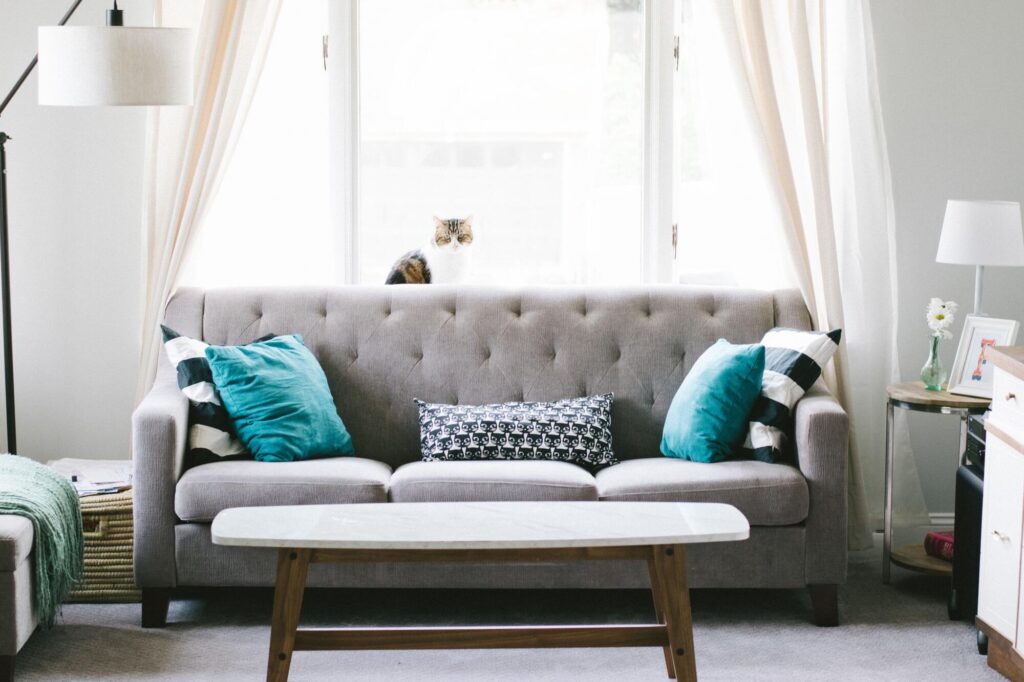
What makes furniture both functional and stylish? The answer lies in innovative materials and techniques. Modern history furniture has evolved dramatically.
Designers started using new materials and crafting methods. This paved the way for unique and durable pieces. Interested in learning more about these groundbreaking advancements? Let’s dive into the fascinating world of modern history furniture design!
The Advent of Plywood in Furniture Making
Plywood quickly became a game-changer in furniture making. This material is made by gluing together thin layers of wood veneers. This process gives plywood impressive strength and flexibility. Plywood is also cheaper compared to solid wood, making it popular.
Designers found plywood easy to shape and mold into different forms. This led to innovative and stylish living room furniture. Chairs, tables, and shelves made from plywood became common in homes. The use of plywood also contributed to more sustainable furniture production.
The Impact of Metal Tubing and Industrial Steel
The introduction of metal tubing and industrial steel had a profound impact on modern furniture design. These materials provided unmatched strength and durability. Furniture pieces could now be both lightweight and sturdy. Designers used metal tubing to create sleek and minimalist designs.
Industrial steel allowed for bold and cutting-edge styles. This shift led to new possibilities in the look and function of modern furniture. Pieces like chairs, tables, and bed frames embraced these materials. They became popular choices for contemporary homes and offices.
Incorporating Glass for Sleek and Sophisticated Designs
Glass added a touch of elegance to modern furniture design. Designers used glass to create sleek and sophisticated pieces. Tables with glass tops became very popular. These tables provided a clean and open look to living spaces. Cabinets with glass doors allowed people to display their items beautifully.
Just like when you shop living room sets in Paris, TX, you will find a mix of style and function. Glass is easy to clean, making it ideal for everyday use. It also pairs well with other materials like metal and wood. Using glass in furniture design truly elevates the aesthetic appeal of any room.
Advancements in Plastic and Acrylic Use
Plastic and acrylic opened up new possibilities in furniture design. These materials are lightweight and easy to shape. This made them perfect for creating modern furniture pieces. Designers used plastic and acrylic to make chairs, tables, and storage units. The pieces were durable and came in many colors.
Plastic furniture was also easy to clean and maintain. Acrylic allowed for transparent furniture, adding a unique look to any space. These materials were also more affordable than traditional wood. The wide range of designs made plastic and acrylic furniture popular in many homes.
All About Modern History Furniture Design
In conclusion, modern history furniture has greatly benefited from the use of innovative materials. Plywood, metal tubing, glass, plastic, and acrylic each played a key role.
These materials have made furniture more stylish, durable, and affordable. Thanks to these advancements, modern furniture continues to evolve and impress.
Looking for more tips and ideas? We’ve got you covered. Check out some of our other posts now.
